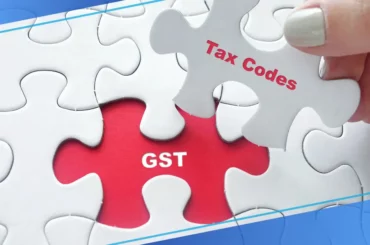When it comes to running a successful business, what do you need? Determination, hard work, skills, and innovation? Yes, they definitely make the list, but you need more than that, especially in an era where thousands of businesses are coming up the horizon.
Gone are the days when a mere advertisement on the billboard would have your product sold out. Now, as the crowd is rising, you are not the only one selling a particular product. There is a high level of competition which is why you have to stand out from the rest.
The key to that is a Unique Selling Proposition.
What is a USP?
In simple words, a USP or Unique Selling Proposition is any quality or trait that distinguishes your product and service from the other. It can be your pricing strategy or any other value that makes a customer pick out your product over any other.
To understand it better, here is an example.
You are a potential entrepreneur who is looking forward to opening your eatery. You choose a location where there are fifty other eateries. Now, what would make any customer ring your bell and not others? A unique selling proposition is a quality that can be unique to your line of business.
In this example, a possible USP can be healthy, low-calorie, delicious food items directed towards fitness enthusiasts and health-conscious people. This is the possible quality that would appeal the most to such lines of customers.
How to develop a USP
-
Think like a customer
Let’s be clear that you are not offering a product or service for yourself, but you are doing it for the customer, which is why you have to think from their perspective.
Imagine you are the customer and some other individual is offering the same product you were offering as an entrepreneur. Think like a customer. Ask yourself these questions:
– Why would I buy this product?
– Why would I not buy the product from some other store?
– What would be the factor that would encourage me to buy this product?
Having said that, these are all the questions that would help you develop a USP that sells out.
-
Define your target customer
In the example of the food eatery above, the target customer influenced the USP. You aimed at creating a product, especially for that set of customers; since there were very few doing the same, your product and service did sell out.
Additionally, the target customer should also define your pricing strategy. If you are offering your product and service to fitness enthusiasts, where do they fall in terms of income and class? In other words, are the middle-class your target customers or the elite class? Once you have clarity regarding it, it will help you formulate a better pricing strategy.
-
Think out of the box, don’t go for the ordinary
As we have been on and on about one point, USP should set you apart from the crowd. It cannot be something ordinary.
To be specific, you cannot call quality or excellent customer service your USP, at least not if your product line has heavy competition. Almost all the other products in the market have set the bar high when it comes to quality and customer service, all the reason why you have to come up with a good USP.
Although good quality might bring you returning customers, attracting new customers should also be your priority, which for that matter, only a good USP can do.
-
Bring in the point of relevance
It is quite simple; a customer will only buy products from you if they are relevant to them. In other words, the products should provide some value to the customer. They might solve their problems or be an answer to what they have been searching for all along.
In addition to that, not just relevance and utility, your product must also provide customers some benefit that other businesses will not. It can be anything starting from low pricing to availability of home-delivery service.
-
Conduct a survey
This tip might come in handy if you are having a hard time formulating a USP. If that’s so, it is most likely because you cannot understand your potential customer. Nonetheless, in that case, you can conduct a survey to identify and understand your customers’ needs.
Formulate a questionnaire and ask questions regarding the products that interest people and the qualities or elements that can be a deal-breaker.
Following that, analyze the data and develop a product or USP based on your customer’s point of view.
-
Do your research
With the increased competition, it’s no surprise that ideas too can collide. You might think that your proposition is top-notch and would guarantee results, but it isn’t always the case because people can have similar thoughts.
If you have a USP in mind, ensure that you check for its prospect in the market. Do your research and see if your thought USP is genuinely unique and hasn’t been thought of by anyone else before you. If it has been, study the progress and results that it has provided to the former business. Based on that, revise your USP further.
-
Test your hypothesis
Finally, developed a USP? Congratulations, but your work doesn’t end here, especially if you are just at the planning stage. Post finalizing, it’s imperative to test it amongst a set of customers to determine the credibility and utility of your product and service.
That being said, select a target group and launch the USP to see the results. Make your observations look for feedback to revise your USP further if needed.
Suggested read: A guide to successful Brand Positioning
The last word
Determining a USP makes you stand out. It’s essential, especially when tens and hundreds of small and big businesses are coming up every day. But don’t you worry, if you have a good USP, you will be the customers’ pick no matter how big the competition is.
But just so you know, USP is only one of the many important elements integral for any business. You cannot depend on it for a successful business because there are other pillars such as marketing that your business would be standing on.





